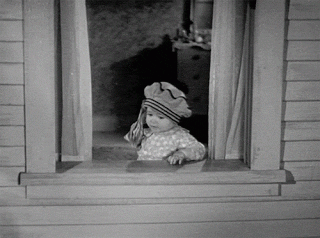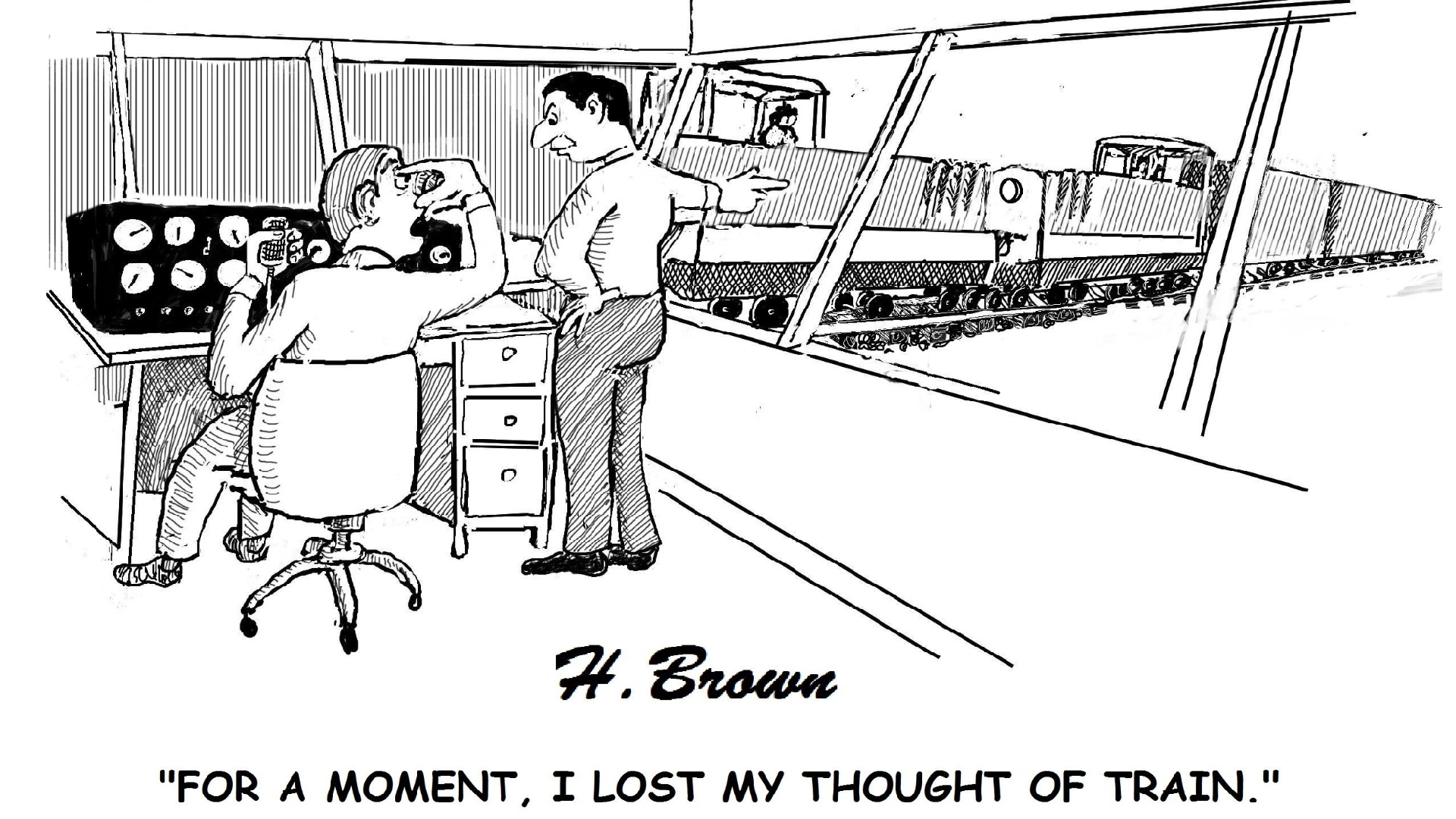Remember that time Sound Transit officials decided it was a good idea to spend nearly $1 million in public money on a light rail party at Capitol Hill? That included $28,000 on tote bags, $130,198 for an advertising campaign, and thousands more for buttons, lanyards and paper trains. 
Apparently, officials learned nothing from that PR nightmare.
In 2019, people started seeing bizarre ads on social media from Sound Transit, called “The Future is Sound,” a couple of which included people struggling to take off with a jet pack.
I asked Sound Transit how much this campaign cost taxpayers – and they told me the total spend was a whopping $887,528. That includes everything from payments to the ad agency for their time, to video and radio production.
The disclosure revealed their reasoning for the ads was to respond to “feedback about how our expansions take so long that there will be better, more advanced transportation options by the time they’re done. This pokes fun of that a bit…” 
If poking fun at emerging transportation options is the objective, this severely missed the mark. It was almost as if Sound Transit officials were still trying to convince us that INRIX CEO Bryan Mistele was wrong when, three years ago in 2016, he rightly pointed out that “Sound Transit’s expansion will be obsolete before it’s built.”
Then just today, I came across a photo on social media of Bellevue’s ice skating rink, a fun and festive winter activity. Above the rink are banners of sponsors. They include mostly private entities, the City of Bellevue, and – Sound Transit.
Someone at Sound Transit decided this, too, was a good use of public money, even though Sound Transit now faces a multi-billion dollar class action lawsuit regarding its collection of car-tab tax overcharges, not to mention the potential loss of car-tab money if Initiative 976 is implemented.
There’s nothing wrong with spending a conservative amount of money to inform the public of the services available to them. However, none of these three expenditures do any such thing, and are rightfully perceived as wasteful and irresponsible. Ironically, the party and the ads were surely intended to promote the agency as “fun/witty,” “innovative,” and “dependable,” per its brand guidelines, but probably achieved the opposite result.
Sound Transit officials should focus more on delivering projects and services on time and on budget, rather than spending public money on self-promotion – particularly the kind which tells the public nothing about station locations, schedules, stops, or anything relevant to the use of its services.






